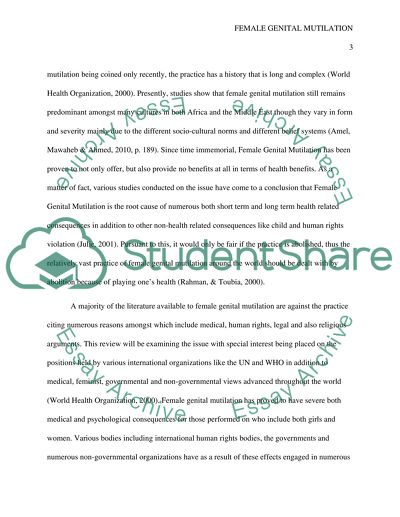Cite this document
(“Female genital mutilation Essay Example | Topics and Well Written Essays - 1750 words”, n.d.)
Female genital mutilation Essay Example | Topics and Well Written Essays - 1750 words. Retrieved from https://studentshare.org/sociology/1473845-female-genital-mutilation
Female genital mutilation Essay Example | Topics and Well Written Essays - 1750 words. Retrieved from https://studentshare.org/sociology/1473845-female-genital-mutilation
(Female Genital Mutilation Essay Example | Topics and Well Written Essays - 1750 Words)
Female Genital Mutilation Essay Example | Topics and Well Written Essays - 1750 Words. https://studentshare.org/sociology/1473845-female-genital-mutilation.
Female Genital Mutilation Essay Example | Topics and Well Written Essays - 1750 Words. https://studentshare.org/sociology/1473845-female-genital-mutilation.
“Female Genital Mutilation Essay Example | Topics and Well Written Essays - 1750 Words”, n.d. https://studentshare.org/sociology/1473845-female-genital-mutilation.


